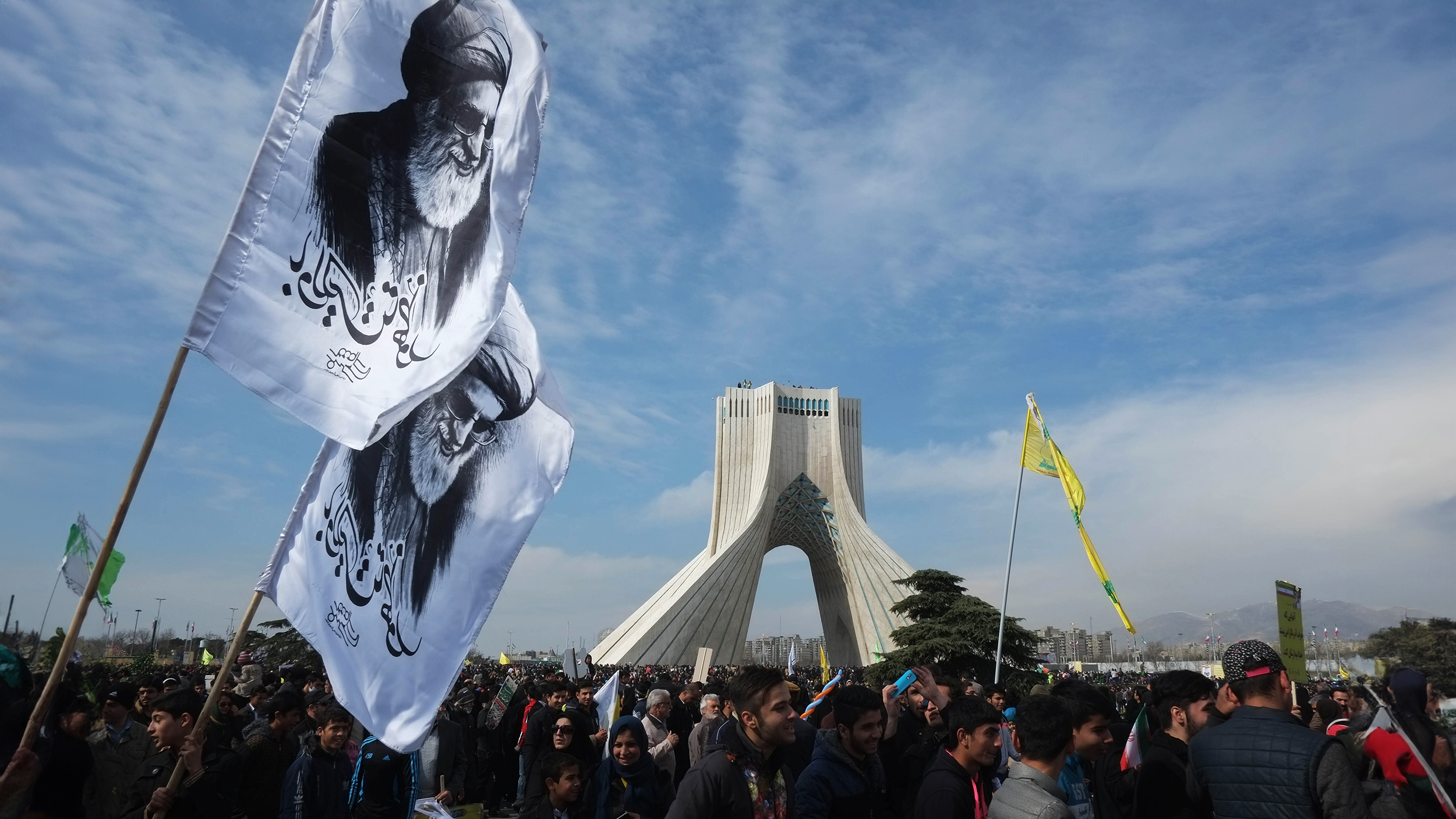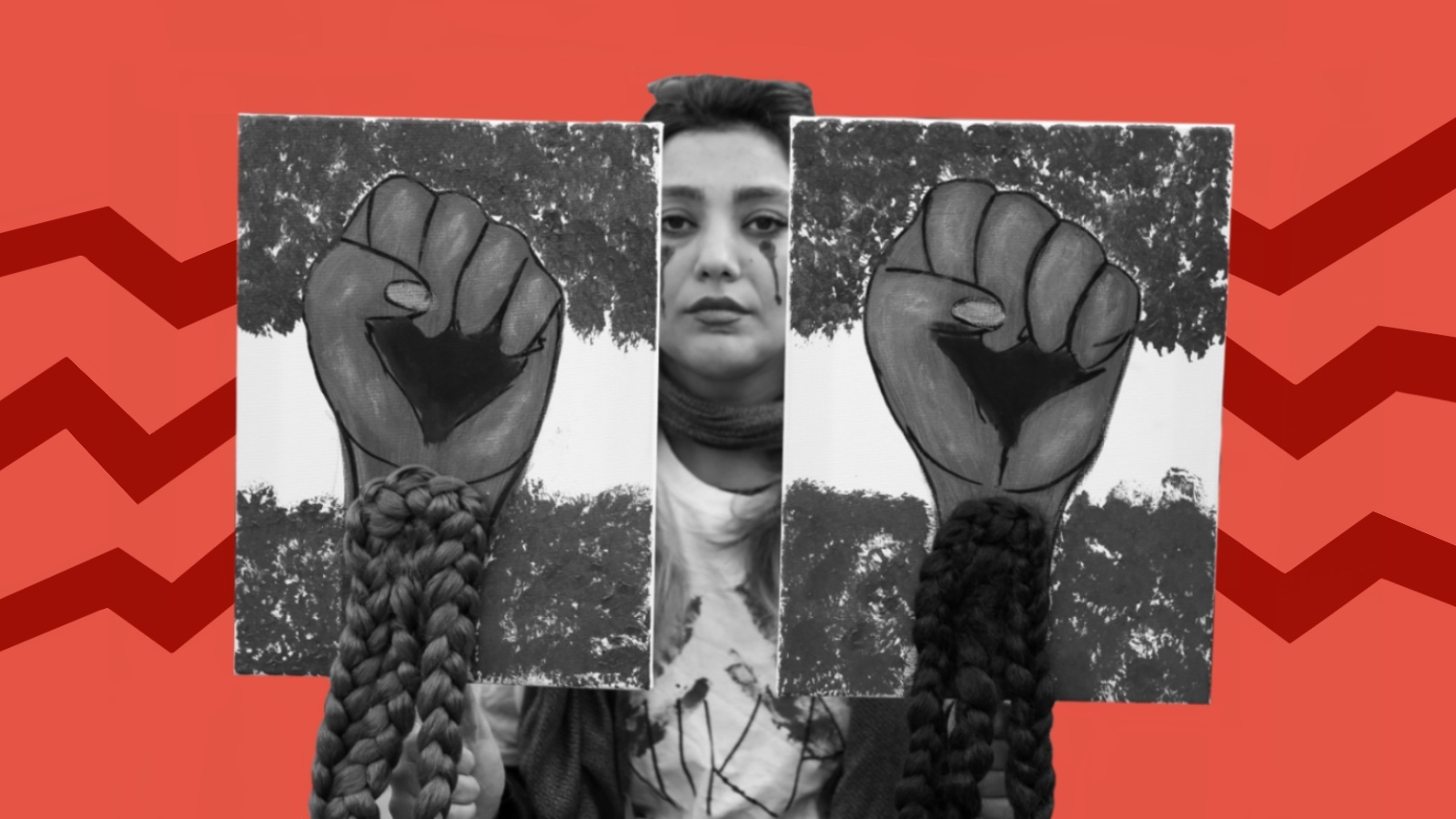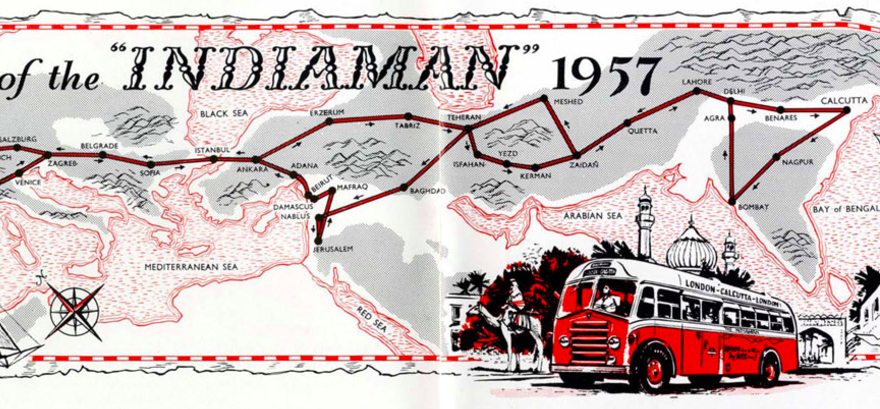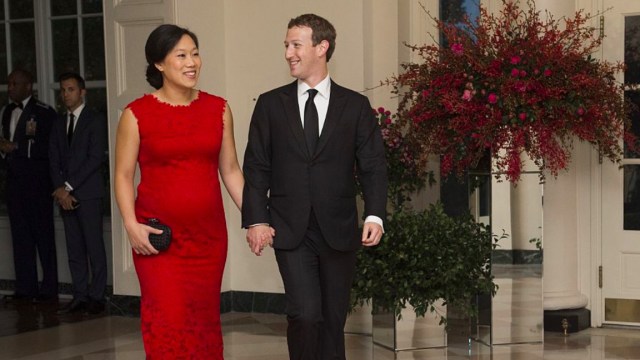Iran Has Hidden One of the World’s Greatest Collections of Modern Art — Until Now
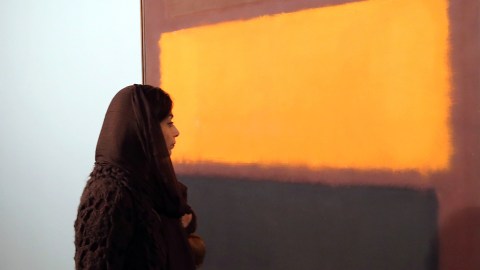
If you visit the Tehran Museum of Contemporary Art these days you might see something unusual — a new exhibit featuring a variety of famous Western artists. The collection, which includes big-name painters such as Jackson Pollock and Mark Rothko among other artists, is now valued at billions of dollars, but it hadn’t been seen by the public for many years.
Why is all this art coming to light now? The collection was originally purchased by the former shah of Iran in the 1970s before he was overthrown by the Islamic Revolution. When the Revolution happened, most items that spoke of Western values and culture were banned throughout the country, and the Western art owned by the Tehran Museum was hidden away in a vault for safekeeping. Eventually the museum started to show some of the pieces, but usually only in small amounts at a time. So it’s a big deal that so much of the art is now on display at once.
But, while the Tehran Museum is constructing tentative plans to display some of its work in German exhibitions, the U.S. might not be seeing the art for a couple of years yet. The move to show such a large and extensive collection of Western modern art is a step toward Iran and the Western world reengaging, but political tensions are still high. Institutions such as the Hirshhorn Museum in Washington, DC, have indicated interest in displaying the work, noting that much of the art hasn’t been seen for 40 years.
The unearthed artwork brings up a number of questions about the intersection of art and politics. Iran isn’t the only country with a history of repressing art. Cuba for instance, has also been accused of censoring certain works of art and has been experiencing a similar process of reengaging with Western countries over the past few years. It looks as though following the art world may prove to be one of the most fascinating indicators of changing political climates.
—
An Iranian woman walks by a painting titled “Sienna, Orange black on Dark Brown” by American artist Mark Rothko during the opening ceremony of an exhibition of modern art at Tehran’s Museum of Contemporary Art (TMOCA) in the Iranian capital, on November 20, 2015. Some of the world’s most expensive and rarely seen modern art, including works by the Americans Jackson Pollock and Andy Warhol, which are part of a collection bought in the 1970s by dealers acting for Farah, the wife of Shah Mohammad Reza Pahlavi, who fled into exile in 1979, heralding the country’s Islamic revolution later that year, went on display in a major exhibition in Iran. ATTA KENARE/AFP/Getty Images
Stefani is a writer and urban planner based in Oakland, CA. She holds a master’s in City and Regional Planning from UC Berkeley and a bachelor’s in Human Biology from Stanford University. In her free time she is often found reading diverse literature, writing stories, or enjoying the outdoors. Follow her on Twitter: @stefanicox
